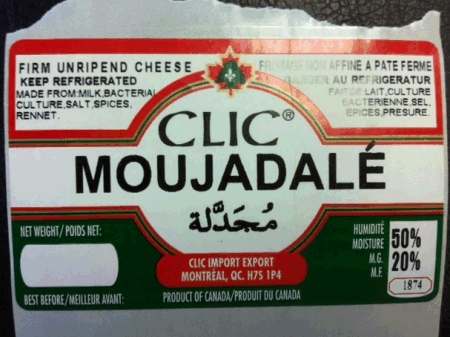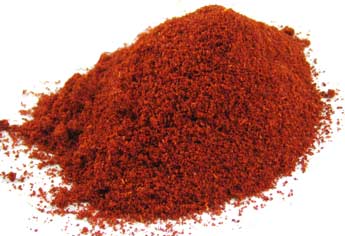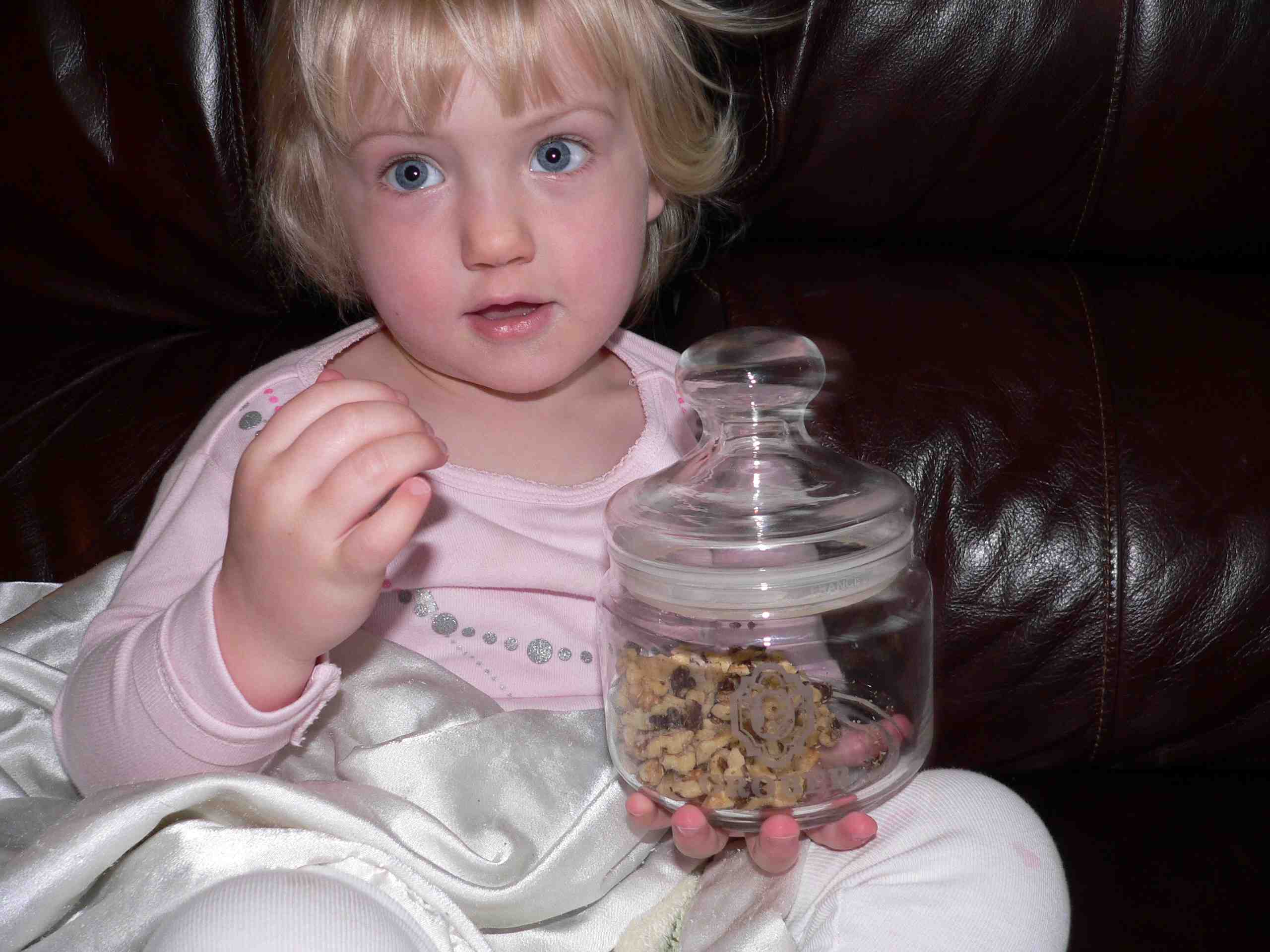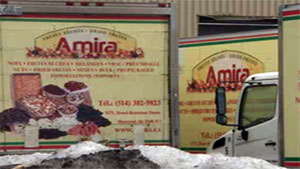Fall 2008 was a crappy time in Canada. While the Maple Leaf listeria-in-deli-meats outbreak would kill 23 and sicken 56, a listeria-in-cheese outbreak plagued Quebec (that’s in Canada, according to some), sickening lots, especially expectant mothers.
Amy was pregnant, heightening sensitivities.
At the time, public attention and concern in Quebec was far more focused on the plight of cheesemongers than the sick and several dead. Regulators took some tough steps to limit the outbreak but in a culture that values tradition, the Quebec Minister of Agriculture was forced to.jpeg) capitulate and change his tune from, "The province is not there to compensate. We aren’t an insurance company," to offering a three-year, $8.4-million aid package, along with $11.3-million in interest-free loans to Quebec’s small cheese producers and retailers less than three weeks later.
capitulate and change his tune from, "The province is not there to compensate. We aren’t an insurance company," to offering a three-year, $8.4-million aid package, along with $11.3-million in interest-free loans to Quebec’s small cheese producers and retailers less than three weeks later.
Government health-types in Quebec have now offered their version of events in the current issue of the Journal of Food Protection.
Although numbers of sick people were all over the place at the time, the researchers conclude there were 38 confirmed sick with the same strain of Listeria monocytogenes (LM P93) across Quebec from June through Dec. 2008, including 14 pregnant women and two babies born to asymptomatic mothers. There were two elderly deaths and three neonatal deaths.
The traceback of many brands of cheese that tested positive for LM P93 collected from retailers identified two cheese plants contaminated by L. monocytogenes strains on 3 and 4 September. PFGE profiles became available for both plants on 8 September, and confirmed that a single plant was associated with the outbreak. Products from these two plants were distributed to more than 300 retailers in the province, leading to extensive cross-contamination of retail stock.
So where is that local cheesemonger you know, trust and can look in the eye, getting their cheese from?
The abstract is below:
Widespread Listeriosis outbreak attributable to pasteurized cheese, which led to extensive cross-contamination affecting cheese retailers, Quebec, Canada, 2008
01.jan.12
Journal of Food Protection®, Volume 75, Number 1, January 2012 , pp. 71-78(8)
Gaulin, Colette; Ramsay, Danielle; Bekal, Sadjia
http://www.ingentaconnect.com/content/iafp/jfp/2012/00000075/00000001/art00011
Abstract:
A major Listeria monocytogenes outbreak occurred in the province of Quebec, Canada, in 2008, involving a strain of L. monocytogenes (LM P93) characterized by pulsed-field gel electrophoresis (PFGE) and associated with the consumption of pasteurized milk cheese. This report describes the results of the ensuing investigation. All individuals affected with LM P93 across the province were interviewed with a standardized questionnaire. Microbiological and environmental investigations were conducted by the Quebec’s Food Inspection Branch of Ministère de l’Agriculture, des Pêcheries et de l’Alimentation du Québec among retailers and cheese plants involved in the outbreak. Between 8 June and 31 December 2008, 38 confirmed cases of LM P93 were reported to public health authorities, including 16 maternal-neonatal cases (14 pregnant women, and two babies born to asymptomatic mothers). The traceback of many brands of cheese that tested positive for LM P93 collected from retailers identified two cheese plants contaminated by L. monocytogenes strains on 3 and 4 September. PFGE profiles became available for both plants on 8 September, and confirmed that a single plant was associated with the outbreak. Products from these two plants were .jpeg) distributed to more than 300 retailers in the province, leading to extensive cross-contamination of retail stock. L. monocytogenes is ubiquitous, and contamination can occur subsequent to heat treatment, which usually precedes cheese production. Contaminated soft-textured cheese is particularly prone to bacterial growth. Ongoing regulatory and industry efforts are needed to decrease the presence of Listeria in foods, including pasteurized products. Retailers should be instructed about the risk of cross-contamination, even with soft pasteurized cheese and apply methods to avoid it.
distributed to more than 300 retailers in the province, leading to extensive cross-contamination of retail stock. L. monocytogenes is ubiquitous, and contamination can occur subsequent to heat treatment, which usually precedes cheese production. Contaminated soft-textured cheese is particularly prone to bacterial growth. Ongoing regulatory and industry efforts are needed to decrease the presence of Listeria in foods, including pasteurized products. Retailers should be instructed about the risk of cross-contamination, even with soft pasteurized cheese and apply methods to avoid it.

 several products had been missed. The manufacturer has ceased production at its facilities and the CFIA working with them to make sure other products manufactured by the company are safe to consume.”
several products had been missed. The manufacturer has ceased production at its facilities and the CFIA working with them to make sure other products manufactured by the company are safe to consume.”.jpg)
 bearing UPC 6 111242 541054, lot code PD17-F278 and best before date 05/10/2012.
bearing UPC 6 111242 541054, lot code PD17-F278 and best before date 05/10/2012.
 say how many while fingering walnuts imported from California and imported by Amira Enterprises of St. Laurent, Quebec as the suspected source.
say how many while fingering walnuts imported from California and imported by Amira Enterprises of St. Laurent, Quebec as the suspected source..jpg) But then goes on to less emphatically state,
But then goes on to less emphatically state, walnuts distributed by Quebec-based Amira Enterprises.
walnuts distributed by Quebec-based Amira Enterprises. the establishment located at 12780 Maxi Sherbrooke East, Montreal, because it could be contaminated with salmonella.
the establishment located at 12780 Maxi Sherbrooke East, Montreal, because it could be contaminated with salmonella..png) I’m also not a fan of guides to good practices of which, in my opinion, we shouldn’t expect so much. The guide shouldn’t be a white cane for the blind when it comes to matters of hygiene and food safety. But I also know that some people have been waiting, according to a message published on la liste Hygiène on July 3, 2010, “…for at least 8 years, [for] the
I’m also not a fan of guides to good practices of which, in my opinion, we shouldn’t expect so much. The guide shouldn’t be a white cane for the blind when it comes to matters of hygiene and food safety. But I also know that some people have been waiting, according to a message published on la liste Hygiène on July 3, 2010, “…for at least 8 years, [for] the .jpg) obligation applicable for us? I don’t believe so according to certain reports we see (see “Hygiene in the food service industry”).
obligation applicable for us? I don’t believe so according to certain reports we see (see “Hygiene in the food service industry”). of interest so assigned it to her translation class.
of interest so assigned it to her translation class..jpg) But, the discussion in Montreal over the past two days is about the fate of small cheese producers,
But, the discussion in Montreal over the past two days is about the fate of small cheese producers,